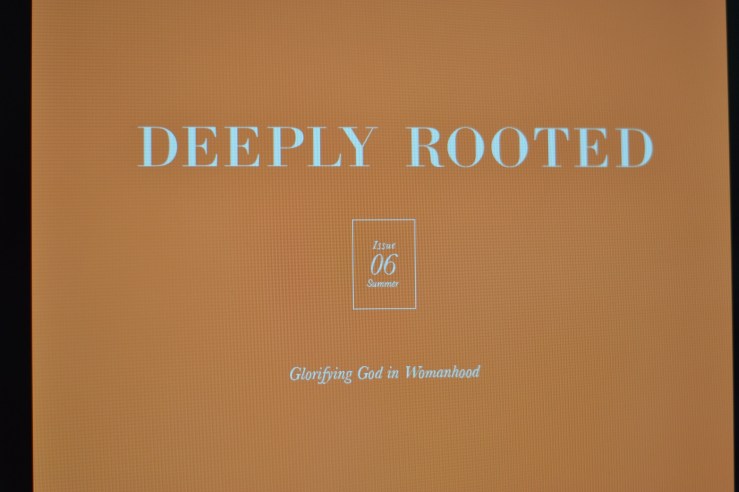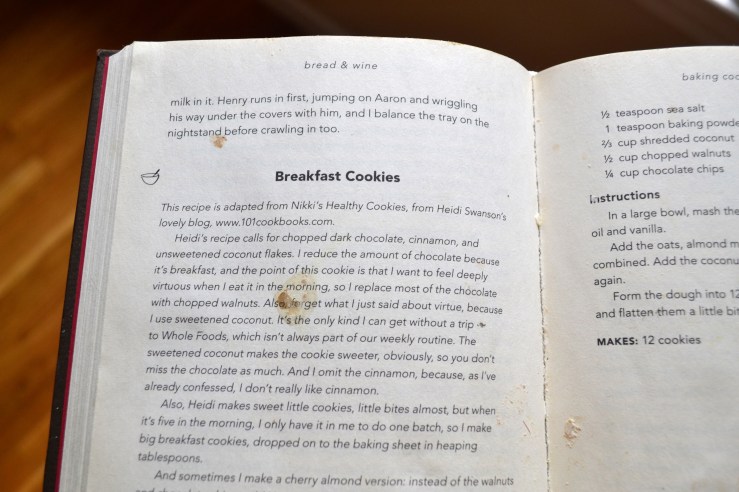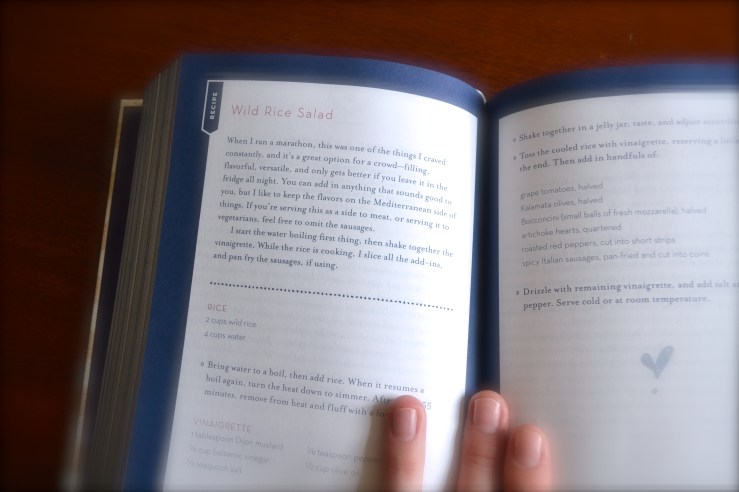I am months behind in posting reviews on these two books. (Eek!)
Wild & Free by Jess Connolly and Hayley Morgan
I took this one on my anniversary backpacking trip with Brandon and really savored reading it in the quiet of the wilderness. The subtitle for this one reads: A hope-filled anthem for the woman who feels she is both too much and never enough. I’m not sure I know a woman who couldn’t resonate with that statement! Looking out over the landscape of women today, I see many of my sisters held captive and caged by fear, by desires, by the push and pull of culture, by comparison. I even find that after all these years of walking with Jesus, having come to know Him as a little girl, and then growing up in the church and raised in the Scriptures, these same things often pull me back into bondage in different seasons of my life. This book reminds me of Captivating by Stasi Eldredge, similar message written for a new generation of women. I feel like the author’s target audience was probably the 20 to 30-something year old woman, and also somewhat directed toward a newer Christian, but I still greatly benefited from reading this! Who doesn’t need to revisit the truths of our value as women, our identity, the source of our worth, our motivation, and our definition of success? At first glance, the terms “wild” and “free” both invigorated me and also raised my eyebrows. But I love the direction the author’s went in defining their terms, grounding them in the gospel:
“If God is wild and if God is free, what does that mean for us? The answer we’ve landed on is that we believe we have the liberty to walk out our own wild freedom in pursuit of His kingdom, and He will help us as we go. He is the one who calls us to be wild–walking in who God created us to be. And He is the one who calls us to be free–resting in what Jesus has done for us.”
The authors talk about their own histories of living “small and scared” and living “defensively,” ways that they struggled to understand the freedom we have in Christ. The authors are calling for renewed understanding of what it means to be hidden in Christ and to live a life for Him, calling for revival amongst women in the church today. I think it is an important book and enjoyed reading it. If you want to read an excerpt, you can find one here.
The Prophetess: Deborah’s Story by Jill Eileen Smith
I finished this one months ago. I’m not sure why I’ve lagged to post this review because I really enjoyed it! I read it at a time when I was studying through Judges, and I love to compliment bible study with historical fiction. I find it breathes new life and perspective into a text that can sometimes seem boring. It helps me to remember that these people we are reading about in the pages of Scripture were real human beings with emotions and fears and struggles much like my own.
This book is book 2 in a series by Smith entitled “Daughters of the Promised Land,” and after reading it I will probably read the rest of the series. She writes interestingly and did an impeccable job of telling Deborah’s story with biblical accuracy and a ton of side research on the cultural context. As such, the story of Deborah truly comes to life and sparked a lot of curiosity and fresh perspective for me in thinking about this intriguing, powerful woman used mightily by God in a time when the people of God were far from Him, entangled in idolatry. I especially liked the way she imagined and depicted Deborah’s visions and gift of prophecy, as well as Deborah as a woman–both strong and outspoken, yet battling her own fears and humanity, growing in faith and dependence on God. Deborah was truly a “wild + free” woman! Smith’s imaginative biblical fiction reminded me of Francine Rivers’ Lineage of Grace series. Surely a story to get lost in and one I highly recommend!
*
Thank you to Revell Publishers + BookLook Bloggers for the opportunity to read these books in exchange for my honest review. All opinions expressed are my own.

























